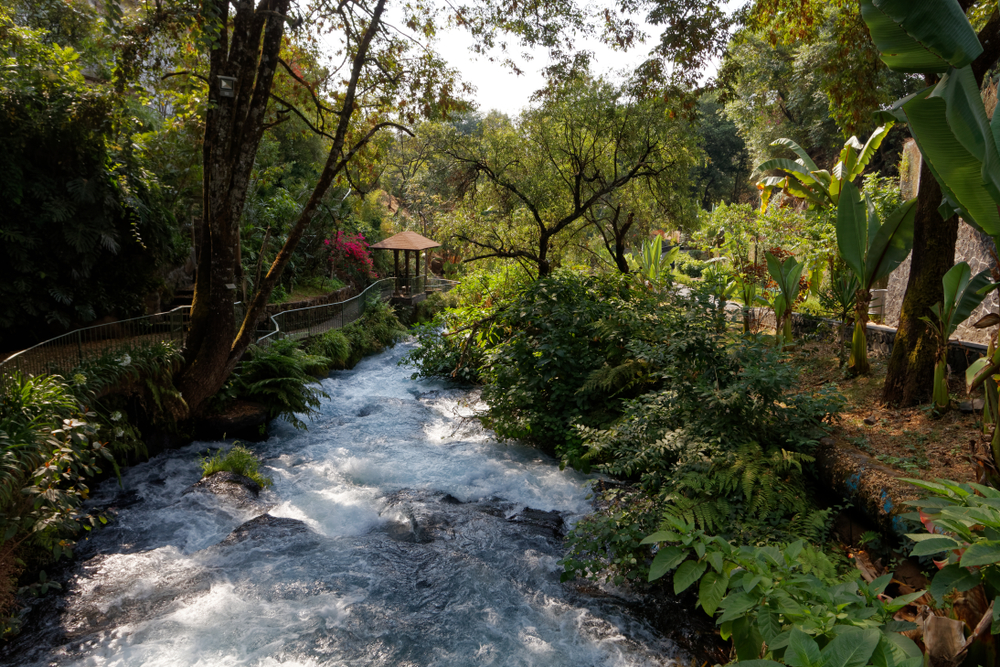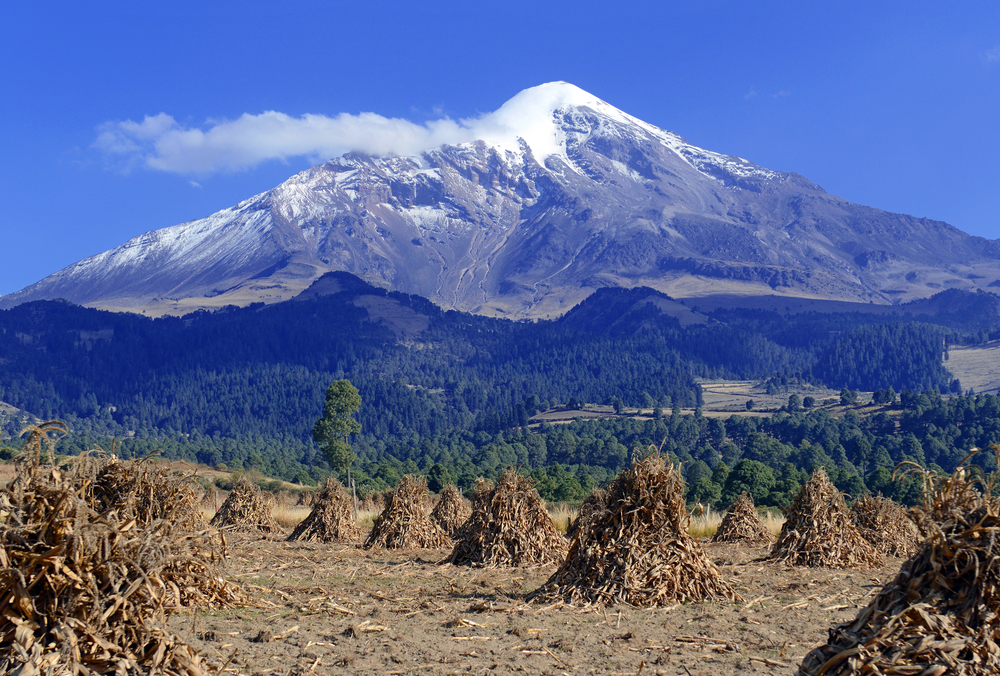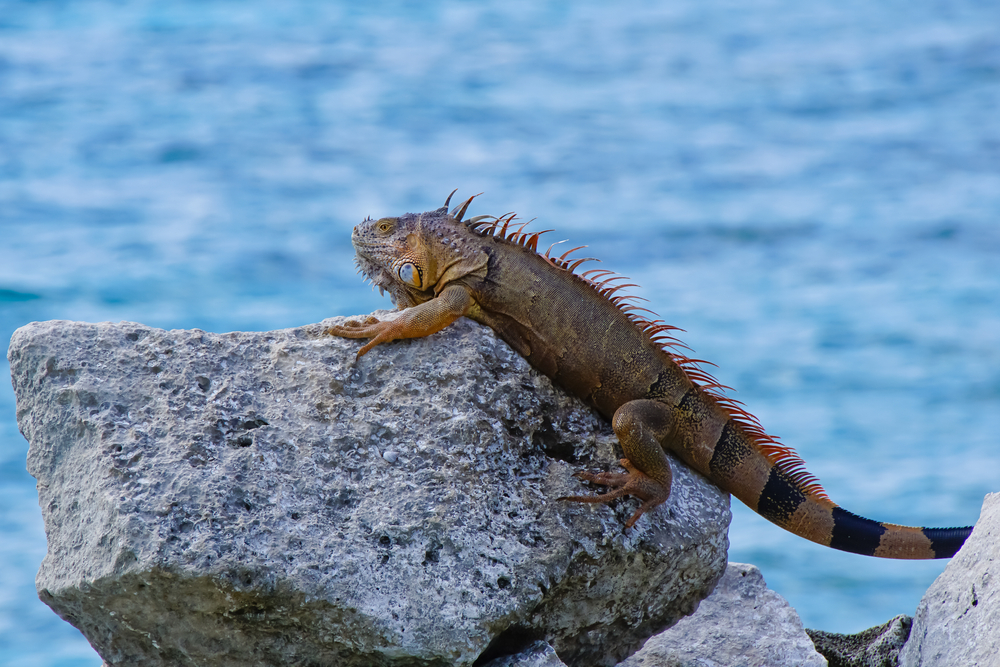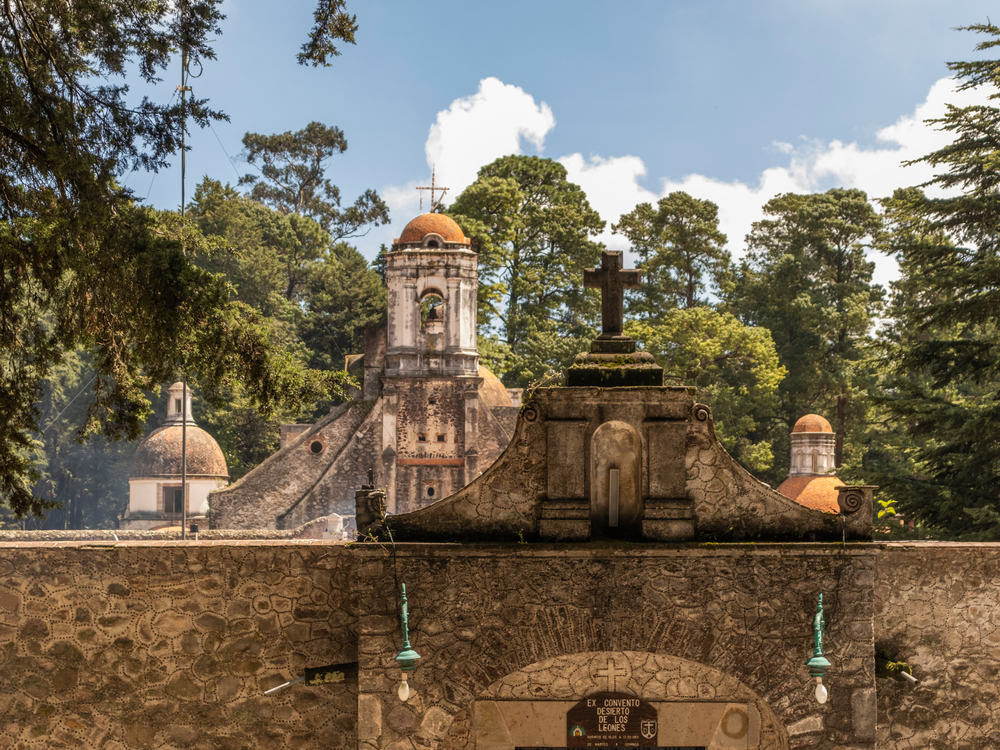Barranca del Cupatitzio Overview
Barranca del Cupatitzio National Park, known locally as Parque Nacional Barranca del Cupatitzio, is a protected area in the Mexican state of Michoacán. It spans approximately 1.5 square miles (3.5 square kilometers) and is located in the municipality of Uruapan.
This park is renowned for being the source of the Cupatitzio River, a vital waterway that sustains the region’s ecosystems and provides a lush, green environment throughout the area. The park’s name reflects its defining feature, a deep ravine carved by the river, creating a striking landscape of steep cliffs, cascading waterfalls, and winding trails.
The terrain of the park is characterized by its rugged cliffs and dense cloud forest, providing a cool, misty atmosphere that nurtures an abundance of plant life. The landscape is dominated by towering pines, oaks, and an array of ferns and mosses that thrive in the high humidity.
Water is a central feature, with the crystalline Cupatitzio River weaving through the park, creating a series of stunning waterfalls, including the famous Tzaráracua and Tzararacuita falls. The combination of rocky outcrops, flowing water, and dense foliage gives the park a mystical feel, making it one of the most picturesque destinations in Michoacán.
Wildlife in Barranca del Cupatitzio National Park is diverse, with various species of mammals, birds, and amphibians inhabiting its lush forests. Among the mammals, visitors may spot white-tailed deer, armadillos, and even small wildcats that roam the wooded areas.
The birdlife is particularly rich, with species such as the emerald toucanet, various hummingbirds, and the striking black-and-white hawk-eagle soaring through the treetops. The constant presence of water also supports amphibians, including different species of frogs and salamanders that thrive in the park’s streams and pools. The biodiversity of the park makes it a haven for nature enthusiasts and bird watchers.
One of the park’s most famous attractions is the “Rodilla del Diablo,” a unique rock formation where the Cupatitzio River emerges from the ground. This site, surrounded by lush vegetation and mythological significance, is a must-visit for those exploring the park.
Visitors are also drawn to the park’s well-maintained walking trails, which lead through the scenic ravine and offer breathtaking views of waterfalls and dense jungle. In addition, the park features charming bridges and viewpoints that provide ideal spots for photography and relaxation.
Barranca del Cupatitzio National Park offers several ways for visitors to experience its beauty. Walking and hiking trails are the most popular, allowing visitors to fully immerse themselves in the sights and sounds of the forest. The park is also a favorite for picnicking, with designated areas that allow visitors to enjoy the peaceful ambiance.
Birdwatching and nature photography are other key activities, as the park provides ample opportunities to observe wildlife up close. Additionally, guided tours help visitors understand the ecological and cultural significance of the park, enriching their experience.
The park faces some conservation challenges, particularly related to human activity and climate change. The demand for water from the Cupatitzio River has put pressure on its flow, while deforestation in surrounding areas poses a threat to the park’s ecosystem.
However, conservation efforts have been made to protect the park’s flora and fauna. Strict regulations on water use and forest preservation initiatives have helped maintain the park’s natural balance. The management of Barranca del Cupatitzio National Park continues to focus on sustainability, ensuring that future generations can enjoy its pristine beauty.















































































